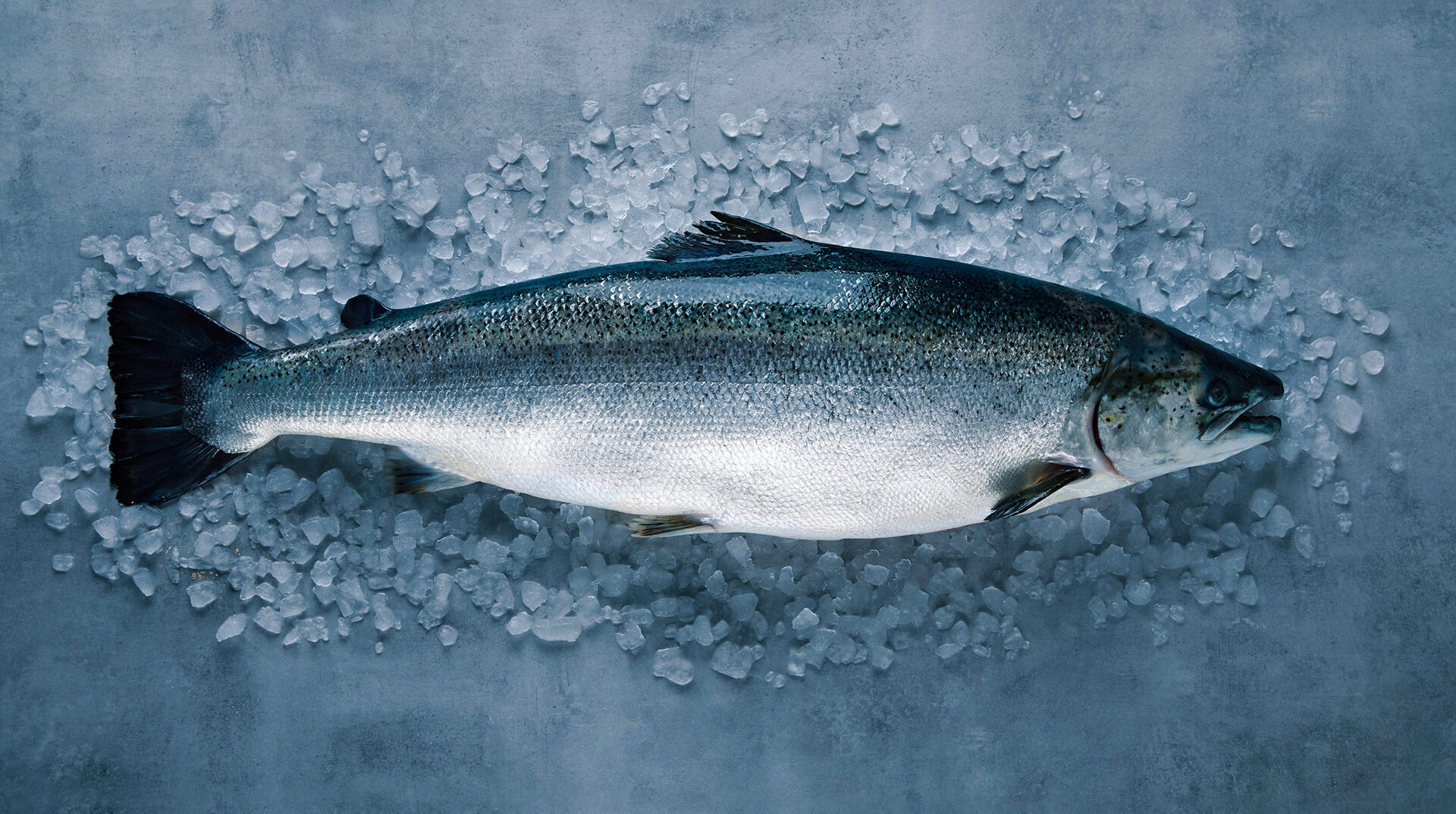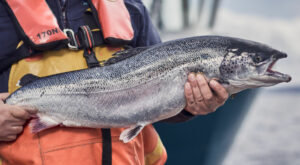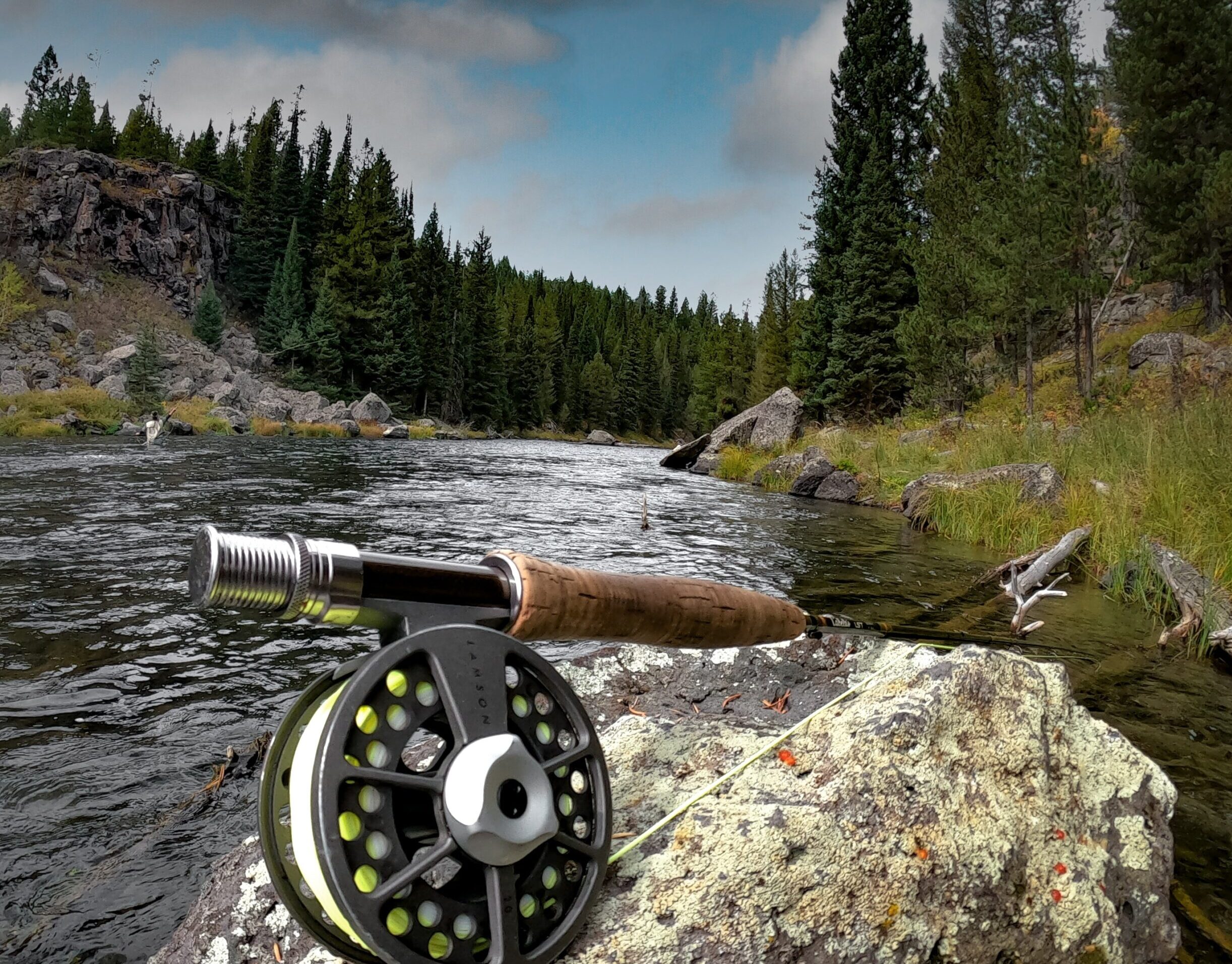Salmon fishing is a popular recreational activity that takes place in various locations throughout North America. There are six types of salmon species found in North America, each with its unique characteristics and habitats. Pacific salmon species typically spend one to seven years in the ocean before returning to their freshwater habitats to spawn. After spawning, all species of Pacific salmon die, completing their lifecycle. Understanding the life cycles and migration patterns of salmon can be essential for successful fishing.
The key to successful salmon fishing is understanding their spawning seasons. Once salmon reach freshwater, they stop feeding and begin to prepare for spawning. The timing of the spawning season varies depending on the species and location. For example, fall-run Chinook salmon begin their spawning run as early as July, while seeforellens generally spawn in November and December. Knowing the timing of the spawning season can help anglers determine when and where to fish for salmon.
Basic equipment needed for salmon fishing includes a fishing rod, reel, line, and lures. Bright spinners that produce a lot of vibration are often ideal for attracting salmon, as they are not actively feeding on their spawning runs and need to be provoked into biting. Fishing techniques for salmon can vary depending on the location and type of salmon being targeted. Freshwater salmon fishing can be done from the shore or a boat, and many fishing strategies involve casting lures into a run and allowing them to drift downstream. Before heading out, it is essential to check local regulations and in-season updates to ensure compliance and maximize fishing opportunities.
Spring Spawning Season
Spring is a crucial spawning season for salmon, and it is essential to understand the timing and location of this event to have a successful fishing trip. The timing of when Chinook salmon migrate from the ocean to their spawning grounds divides Chinook salmon into four distinct population “runs,” and the spring run typically occurs from March to May.
During this time, salmon move towards the freshwater streams and rivers that lead to their spawning grounds, making it easier for anglers to locate them. In the Pacific Northwest, popular locations for spring salmon fishing include the Snoqualmie Valley in Washington and the Rogue River in Oregon.
To increase the chances of catching salmon during the spring season, it is essential to use the best techniques for spring salmon fishing. One of the most effective techniques is drift fishing, where bait is allowed to drift naturally with the current, mimicking the movement of salmon’s natural prey.
Another popular technique is back-trolling, where a boat is slowly moved upstream while a lure or bait is presented to the fish. It is also crucial to pay attention to the water temperature, as salmon are more active in cooler water. Additionally, it is important to follow the regulations and restrictions for spring fishing to ensure the sustainability of the salmon population.
Regulations and restrictions for spring fishing vary depending on the location, but they are put in place to protect the salmon population during their spawning season. In some areas, fishing for salmon during the spring season is prohibited entirely to allow the fish to spawn undisturbed. In other areas, there may be restrictions on the types of lures or bait that can be used, as well as the number of fish that can be caught and kept. It is important to research the specific regulations and restrictions for the location where you plan to fish and follow them accordingly to ensure the sustainability of the salmon population for future generations.
Summer Spawning Season
Salmon fishing during the summer spawning season can be a thrilling experience for anglers. The timing and location of the summer spawn can vary depending on the species of salmon and the region in which they are found. For example, Chinook salmon typically migrate from the ocean to their spawning grounds in the summer, with distinct population “runs” occurring at different times. Sockeye and coho salmon also spawn in the summer, with sockeye typically spending two years at sea and coho spending about 18 months before returning to their natal streams. Anglers can use this information to plan their fishing trips accordingly and target specific species during their respective spawning seasons.
When it comes to techniques for summer salmon fishing, there are several effective methods that anglers can use. Freshwater salmon fishing can be done from the shore or a boat, with both methods having their own advantages.

One effective strategy is to work the entire run from the closest shore to the furthest shore, and from the upstream end of the run to the downstream end. It’s also important to cover the entire pool from side to side until the best holding water is pinpointed. Anglers can use a variety of baits and lures, including spoons, spinners, and jigs, to entice salmon to bite. However, it’s important to be aware of any regulations and restrictions on bait and tackle, as well as catch limits, to ensure responsible and sustainable fishing practices.
Regulations and restrictions for summer salmon fishing can vary depending on the region and species of salmon being targeted. For example, there may be restrictions on the use of bait or barbless hooks to minimize harm to the fish. In some cases, there may also be catch limits or restrictions on the size of fish that can be kept. It’s important for anglers to research and follow these regulations to ensure that they are fishing responsibly and sustainably. By doing so, anglers can enjoy the thrill of salmon fishing while also contributing to the conservation of these important fish species.
Fall Spawning Season
Fall is a crucial season for salmon fishing, as it marks the time when many species of salmon begin their annual spawning runs. Mid-September to mid-October is typically the peak season for salmon runs, with Chinook salmon returning to their spawning grounds in late August. The timing of when salmon migrate from the ocean to their spawning grounds divides them into four distinct population “runs”. During the fall spawning season, salmon can be found in various locations, including river mouths, estuaries, and tributaries.

When it comes to fall salmon fishing, there are several techniques that anglers can use to increase their chances of success. Passive techniques like bobber fishing work great for fall Chinook salmon, which congregate in deep, slow holes along the Columbia.
Drift fishing is another popular technique, which involves using a drift boat to navigate the river and casting bait or lures into the water. However, it is important to note that there are regulations and restrictions in place for fall salmon fishing, including limitations on the number of fish that can be caught and the use of certain types of bait.
In addition to following regulations and using effective techniques, it is crucial to be mindful of the salmon lifecycle and ways to avoid destroying their habitat. For example, when watching salmon spawn outdoors in creeks and streams, anglers should avoid disturbing the eggs buried in gravel from 4 to 12 inches deep. Additionally, it is important to consult the special county regulations in the current hook and line or trout regulations guides to determine if any special season restrictions apply to your fishing location. By following these guidelines, anglers can enjoy a successful and sustainable fall salmon fishing season.


